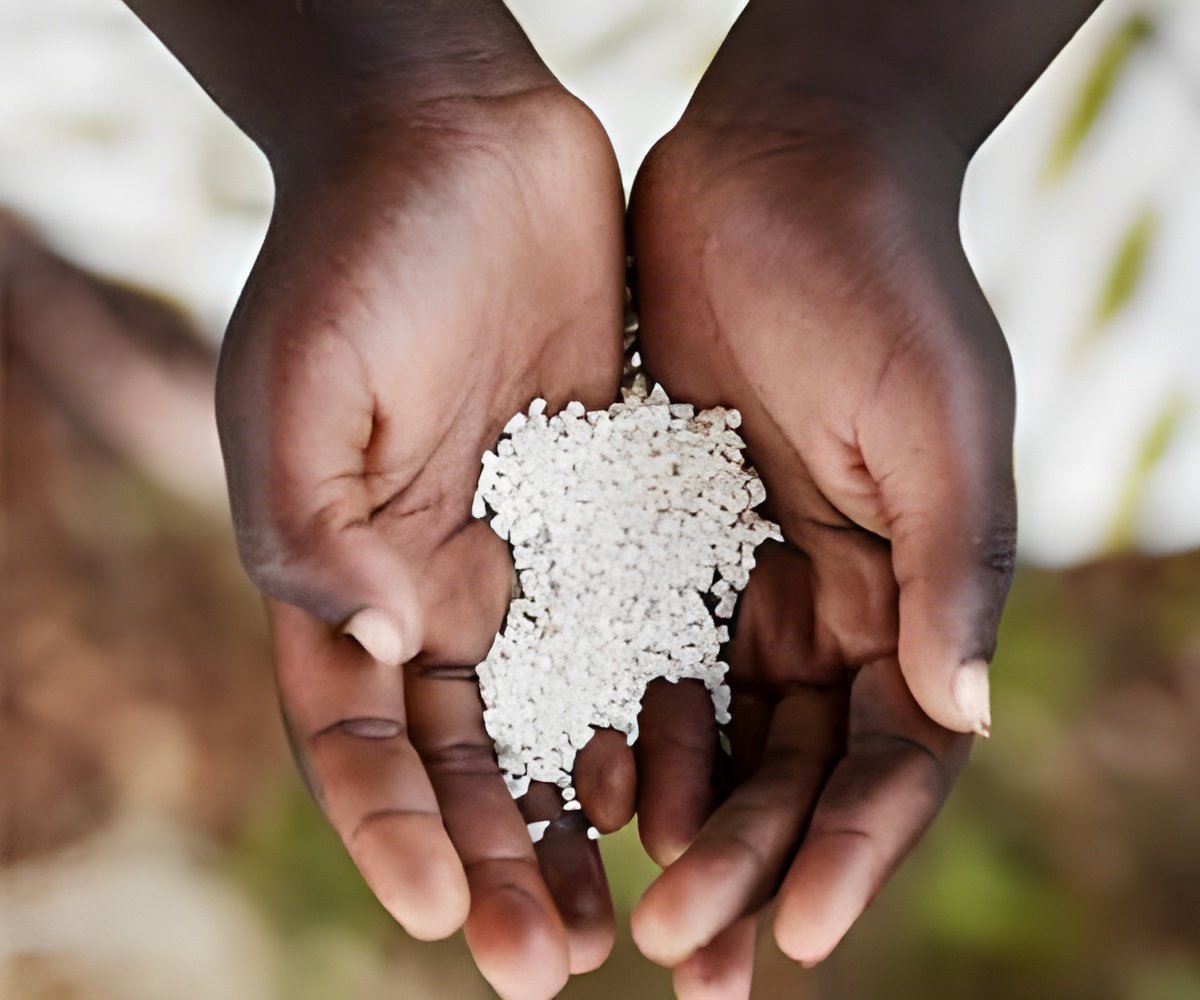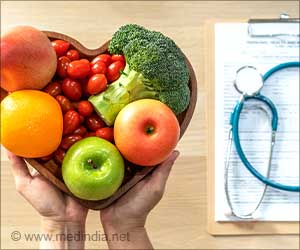
Adolescent Girls in Aquaculture Ecozones at Risk of Nutritional Deficiency
Aquaculture is a fast-growing food production sector in low-income and food-deficit countries with aquatic ecozones. Yet, its specific impact on the nexus of nutritional status, food security, and livelihood in local communities is largely unknown. In Bangladesh, fish is an important protein component of the diet but household-level intake data typically overestimates actual seafood consumption and does not account for varying intakes based on sex, age, income, and religious beliefs.‘An optimal diet is critical for Adolescent girls represent with higher nutritional needs than other adult household members.’
Tweet it Now
Adolescent girls represent a vulnerable group in Bangladesh, with higher nutritional needs relative to energy requirements than other adult household members, and at the same time likely to have restricted access to food.A survey of 300 girls was repeated during dry and wet seasons to capture seasonal variations in fish availability. The observational data published in BMC Public Health enabled researchers to combine risk factors that identify girls who are more likely to have omega deficiency.
Development and Validation of an Integrated Metric for Nutritional Deficiency
In adolescent girls, they have found that geographical region, salinity, seasonality, and higher female autonomy are predictors for the impacts of farmed seafood-producing agroecosystems on whole blood omega-3 index, a risk marker of cardiovascular disease and associated health outcomes.It is hoped this cost-effective tool could now be used by development agencies to assess nutritional deficiencyin vulnerable groups. The identification of particularly at-risk individuals would improve the targeting of timely and cost-effective interventions.
The use of the metric using a few short questions is cheaper, can be done online, and avoids the complexity and cost of finger prick blood sampling and biomarker measurement based on field samples.
Application of the metric could enable the development and implementation of better-informed and more integrated policies and practices about aquatic food production systems.
Advertisement
It is also necessary to improve the assessment of human nutrient status based on fish consumption, with further evaluation of the metric to determine whether it improves outcomes if used in practice.
Advertisement
Source-Eurekalert









